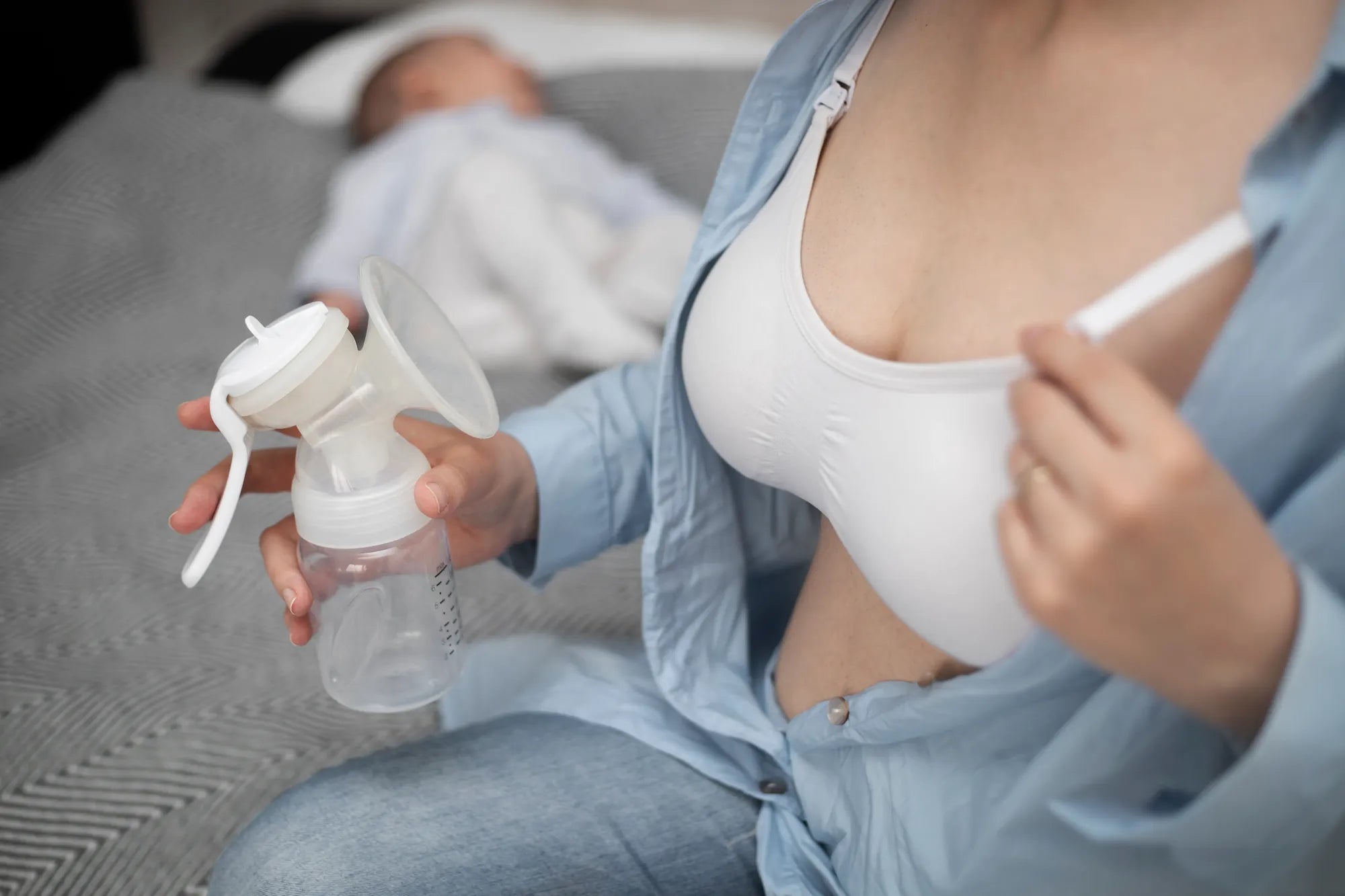Startseite
Pregnancy, Breastfeeding, and Pumping: The Ultimate Guide for Moms
Does Pumped Breast Milk Separate? Understanding the Science Behind It

Does Pumped Breast Milk Separate? Understanding the Science Behind It
If you've ever pumped breast milk, you may have noticed that it separates into layers after sitting for a while. This phenomenon can be surprising for new parents, but it's completely normal. Understanding why this happens and how to manage it can help ensure your baby gets the best nutrition possible. Let's dive into the science behind pumped breast milk separation and what it means for you and your little one.
Why Does Pumped Breast Milk Separate?
Breast milk is a complex fluid composed of water, fats, proteins, carbohydrates, vitamins, and minerals. When freshly expressed, it appears as a uniform liquid. However, over time, the fat in breast milk rises to the top, creating distinct layers. This separation is a natural process and occurs because fat is less dense than water. The top layer is typically creamier and richer in fat, while the bottom layer is more watery.
Is Separated Breast Milk Safe to Use?
Yes, separated breast milk is perfectly safe to use. The separation does not indicate spoilage or a loss of nutritional value. In fact, it's a sign that the milk contains all the essential components your baby needs. To ensure your baby receives a balanced mix of nutrients, gently swirl the milk to recombine the layers before feeding. Avoid shaking the milk vigorously, as this can break down some of its beneficial properties.
How to Store Pumped Breast Milk Properly
Proper storage is key to maintaining the quality of pumped breast milk. Here are some guidelines to follow:
- Use clean, sterilized containers specifically designed for breast milk storage.
- Label each container with the date and time of expression.
- Store milk in small quantities to minimize waste.
- Keep milk in the back of the refrigerator or freezer, where temperatures are most consistent.
Tips for Handling Separated Breast Milk
Handling separated breast milk is simple once you know what to do. Here are some tips:
- Always wash your hands before handling breast milk.
- Gently swirl the milk to mix the layers before feeding.
- If the milk has been refrigerated, let it come to room temperature or warm it slightly by placing the container in warm water.
- Never microwave breast milk, as it can create hot spots and destroy nutrients.
Common Myths About Pumped Breast Milk Separation
There are several misconceptions about pumped breast milk separation. Let's debunk a few:
- Myth: Separated milk is spoiled. Fact: Separation is natural and does not indicate spoilage.
- Myth: Shaking milk is the best way to mix it. Fact: Gently swirling is better to preserve nutrients.
- Myth: Frozen breast milk doesn't separate. Fact: Frozen milk can also separate, but it remains safe to use.
When to Discard Pumped Breast Milk
While separated breast milk is safe, there are times when you should discard it. Here are some signs that the milk may no longer be suitable for use:
- An off or sour smell.
- Unusual color, such as a pink or green tint.
- Visible mold or clumps.
- Milk that has been stored improperly or for too long.
The Benefits of Pumped Breast Milk
Pumped breast milk offers numerous benefits for both you and your baby. It provides essential nutrients, supports immune system development, and can be a convenient option for busy parents. By understanding how to handle and store pumped breast milk, you can ensure your baby receives all the advantages it has to offer.
Pumped breast milk separation is a natural process that shouldn't cause concern. With the right knowledge and practices, you can confidently provide your baby with the nourishment they need. Embrace the journey of breastfeeding and pumping, knowing you're giving your little one the best start in life.
Teilen
